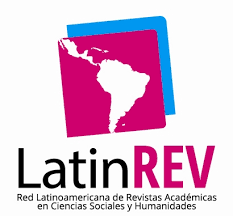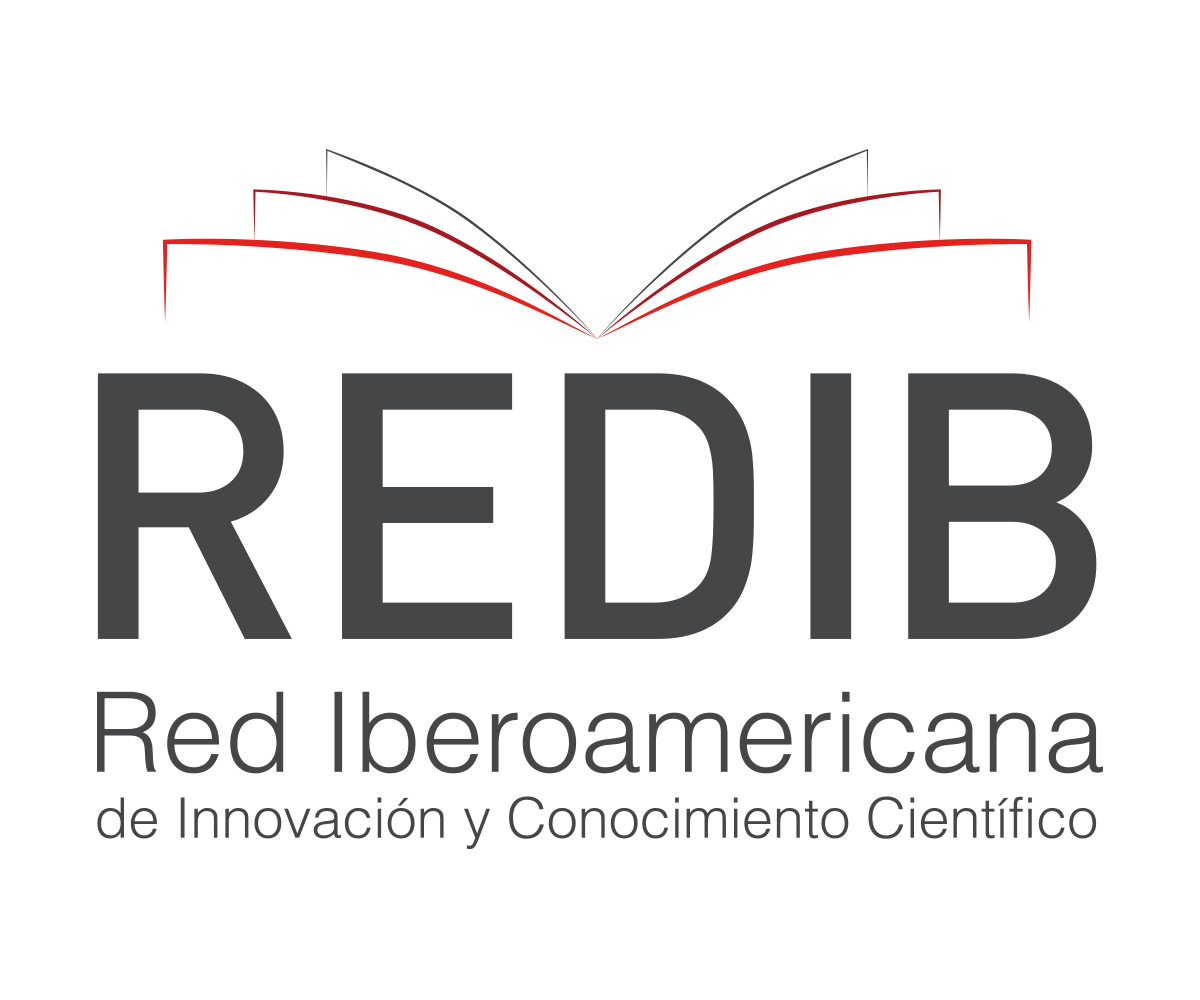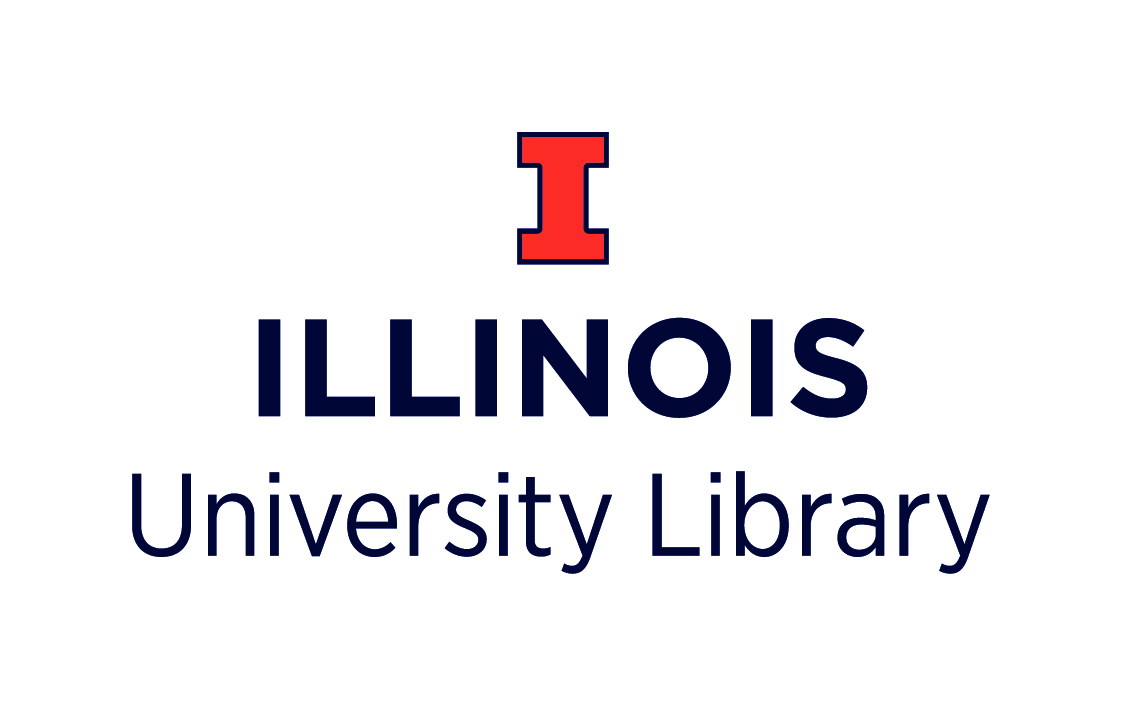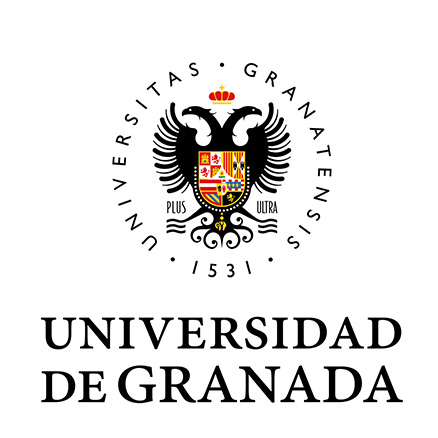Didactic Proposal in Arts: An Alternative of Link between Formal and Non-Formal Context
DOI:
https://doi.org/10.5281/zenodo.6600110Keywords:
Didactic Proposal, Art, Non-Formal Context , Comprehensive TrainingAbstract
The Mexican educational system shows deficiencies in relation to the teaching and learning of art in Basic Education. This article proposes to resignify art within the formal context, starting from the critical and theoretical analysis of the educational deficiencies linked to art at the primary level. Through a descriptive and explanatory case study, with an interpretive and hermeneutical approach, and a two-phase methodology. The first, detection of needs, which refers to the creation and application of analysis instruments to corroborate said insufficiencies. Applying them both in a Primary School and in a Cultural Center. The second, design of the Didactic Proposal in Arts that links formal and non-formal context, through a complementary curriculum to the traditional one with extracurricular application. Strengthening the integral development of students, from the teaching and learning of artistic languages. Thus solving the educational deficiencies linked to art with a reinforcement of the traditional system, coming from the non-formal route.
Metrics
References
Acaso, M. (2012). Pedagogías invisibles. El espacio del aula como discurso. España: Catarata.
Acaso, M. (2013). Hacer la revolución en la escuela . España: Planeta.
Acaso, M. (2015). rEDUvolution. Hacer la revolución en la educación. México: Paidós.
Acaso, M. (2017). Art Thinking. Cómo transformar la educación a través de las artes. España: Paidós.
Akoschky, J., Brandt, E., & Calvo, M. (2012). Artes y escuela. Buenos Aires: Paidós.
Barbosa, A. (2002). La reconstrucción social a través del arte. Perspectivas, 32, 99-105.
Barbosa-Bezerra, B. (2005). Lecturas de imágenes y metodologías en educación artística. Arte, Individuo y Sociedad, 17, 7-16.
Bergmann, J., & Sams, A. (2012). Flip your Classroom. United State: ISTE.
Bernal, L. R. (1999). Arte en la escuela, ¿para qué? (U. d. Sabana, Ed.) Educación y Educadores, 3, 5-14.
Camnitzer, L. (2015). Arte y pedagogía . Esfera pública.
Colegio de profesores de derecho civil-UNAM. (2016). Homenaje al Doctor Jorge Alfredo Dominguez Martínez . México: UNAM.
Constitución Política de los Estados Unidos Mexicanos. (2015). México: TIRANT LO BLANCH.
Cruz, S. D. (2013). Temas selectos de Derecho Procesal I. Distrito Federal: Miguel Ángel Porrúa.
Garcia, C. A. (2014). El juicio de Amparo. Distrito Federal: Porrua.
González, A. M. (2016). La mediación artística. Arte para la transformación social, la inclusión social y el desarrollo comunitario. . Barcelona: Octaedro.
Hernández, A. (2012). La retirada de las artes en la escuela. Rexe, 11(21), 109-117..
Hernández-Belver, M. (2015). El Arte de los niños. Investigación y didáctica del MUPAI. España: Fundamentos.
Huygue, R. (1977). El arte y el hombre. Barcelona: Planeta.
Iwai, K. (2002). La contribución de la educación artística a la vida de los niños. Perspectivas, 32(124), 21 38.
Jiménez, C. (2011). La importancia de la educación artística en la formación integral del alumno. Campeche: UPN
Ley de amparo. (2017). Distrito Federal: ISEF.
Manuel, D. a. (2012). La apariencia del buen derecho en serio. México: porrúa.
Márquez, A. (2012). El financiamiento de la educación en México. Problemas y alternativa. Perfiles.
Published
How to Cite
Issue
Section
License

This work is licensed under a Creative Commons Attribution-NonCommercial-ShareAlike 4.0 International License.
This journal adheres to the Creative Commons license in the definition of its policy of open access and reuse of published material, in the following terms:
- Accessibility to articles and other publications in whole or in part under the concept of copying, distribution, public communication , interactive access (through the Internet or other means), explicitly maintaining the recognition of the author or authors and the journal itself (authorship acknowledgment).
- Warning that if the articles are remixed, modified or fragments used in other creations, the modified material cannot be distributed, nor is it allowed to reconstruct versions from the original published articles (derived works).
- The use of the contents of the published articles, in whole or in part, for profit (non-commercial recognition) is prohibited.
The author retains copyright, transfers or grants exclusive commercial rights to the publisher, and a non-commercial license is used.














